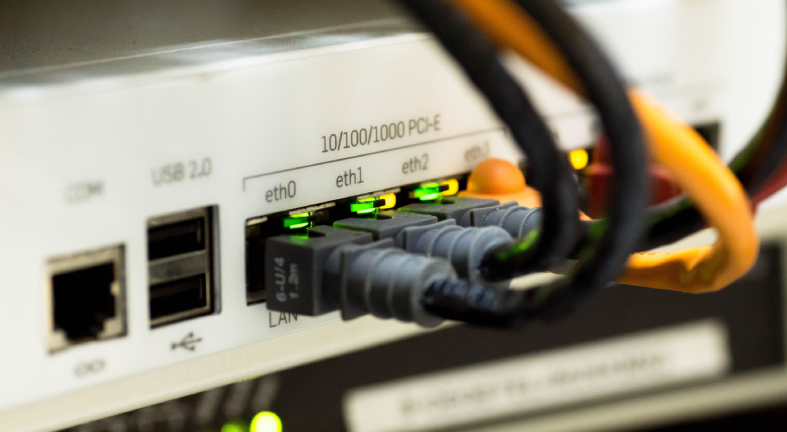
The recently signed $1.2 trillion Infrastructure Bill (known as Infrastructure Investment and Jobs Act) includes spending in many different infrastructure areas. Railways are one of the industries set to get an injection of updating and funding. In this article, we will review the current rail network and proposed updates so that you can prepare for the maintenance and service contracts associated with the Bill.
The United States rail network consists of two main categories which make up an integrated system: passenger rail and freight rail. There is approximately over 140,000 miles of freight rail, while passenger rail consists of 21,400 miles and is mostly operated by the national rail carrier Amtrak. In 2018, it was reported by the U.S. Department of Transportation that 1.7 million ton-miles were transported daily on freight rails.
Passenger Rail
In 1970, Congress created The National Railroad Passenger Corporation to “continue and improve intercity passenger rail for the nation”, today that service is now known as Amtrak. According to the Association of American Railroads, travelling by Amtrak is a more environmentally friendly way over cars and planes, it’s 47% more energy efficient over cars and 33% more energy efficient than travelling by planes.ii As with any other infrastructure system, the railroads need to be able to provide updates and maintenance to its network in order to run it properly and efficiently and to provide passengers with safe travel accommodations. The $66 billion allocated from the 2021 Infrastructure Bill to the passenger rail sector will be the largest investment it has seen since the creation of Amtrak. The funds will be broken up into 5 portions; of the $66 billion, $22 billion will be provided to Amtrak, $24 billion will go towards the Northeast Corridor modernization, $12 billion will be provided as grants for intercity rail service, $5 billion will go towards rail improvements and safety, and $3 billion will be provided for grade crossing safety improvements.
Freight Rail
Shippers from nearly every business sector of the U.S. rely on freight railroads to move their materials and goods to market, connecting consumers and businesses all across the nation as well as globally.ii Freight rail is also considered extremely environmentally friendly and cost effective, thanks in part to advanced technology. Freight railroads can move “one ton of freight more than 480 miles per gallon of fuel” on average. Freight railroads also have less greenhouse gas emissions, only accounting for 0.5% of the total U.S. greenhouse gas emissions. Analysis of federal data completed by AAR, shows that if even 50% of truck transportation across a 750-mile stretch switched to freight, gas emissions would drop by 26 million tons.
It’s no wonder why freight railroads are considered the most productive mode of transportation for businesses in any industry, that’s why it’s just as important to provide funds to help with the upkeep and maintenance of this important transportation network.
Future Funding
The $66 billion allocated from the Infrastructure Bill will greatly benefit the nation by allowing for much needed upgrades and maintenance to the passenger and freight rail network. Additionally, funding from the infrastructure bill will continue to provide a positive impact on the environment and promote safety, as well as help support economic growth, create new jobs, and help bolster productivity in the United States. Amtrak and freight railroads have transported people and consumer goods that our nation depends on for a great deal of time and the passing of the Infrastructure bill is a significant contribution to the future development of the rail industry.
Find your next government contract!
Search Bids
